It’s hard to believe that at one point in time a sequel to a successful feature film was not a foregone conclusion, hell, these days some franchises refuse to die, yet long before it was fashionable Universal Pictures kicked this concept into overdrive with their series of gothic horror movies and created what today we would call a Cinematic Universe, but what makes Bride of Frankenstein such a unique animal is that it’s a film that is often cited as being better than the original, and how often does that happen?
The funny thing about Bride of Frankenstein is that director James Whale had no interest in helming a sequel to Frankenstein, believing he had "squeezed the idea dry" with the original, but following the success of Whale's The Invisible Man, producer Carl Laemmle, Jr. realized that Whale was the only possible director for Bride and worked his magic to lure the reticent director back for this project and thus history was made. The film does have a rather odd opening, as we are quickly introduced to Percy Shelley (Douglas Walton) and Lord Byron (Gavin Gordon) on a stormy night where we find them praising Mary Wollstonecraft Shelley (Elsa Lanchester) for her story of Frankenstein and his Monster. I find this structural conceit to be a tad odd, simply for the fact that we have a sequel that opens with characters stating that what we witnessed in the previous film was a fictional story and that this entry is Mary Shelley simply regaling us with further installments of Frankenstein's adventures, stating that “It's a perfect night for mystery and horror. The air itself is filled with monsters.”
“I’ll also be playing the part of the Bride.”
Where the original film followed the basic story of a man defying God, with his hubris leading to disaster, the sequel is a much more complex animal and both Henry Frankenstein (Colin Clive) and the Monster (Boris Karloff) are fleshed to a surprising degree, which is not the case in most sequels, in fact, almost everything about this film is grander than the original and much of that is due to the studio actually increasing the budget, something that is rarely done with sequels during this time period, and with the cinematography of John J. Mescall and the art direction of Charles D. Hall one cannot deny that, visually speaking, this is a superior entry but not just of the Frankenstein franchise but of the entire Universal Monsters universe as well, yet it’s James Whale’s artful direction that truly elevated this film far above its contemporaries.
“My dear, I believe we have birthed a monster in more ways than one.”
The plot of Bride of Frankenstein takes a few elements from Mary Shelley’s book that didn’t make it into the first film, the creature's encounter with a blind hermit (O.P. Heggie) and its desire for Frankenstein to provide him with a mate were both left out of the first film but pop up here, yet James Whale takes those elements and spins his own bizarre web with the introduction of Frankenstein's former mentor Doctor Septimus Pretorius (Ernest Thesiger), who wishes for Henry to help him create a female version of the Monster. It’s the character of Doctor Pretorius who becomes the film’s chief villain, with the Monster either off running amok in the village or later being used as “the stick” to get Frankenstein to go forward with their experiments, wherein the book, it was the Monster who demanded his maker deliver him a mate and then murdered off several members of Frankenstein’s family to help motivate the good doctor, that is not the case here.
What’s better than one mad scientist, why two of course!
While Doctor Pretorius tries to cajole Frankenstein into returning to his unorthodox experiments, with blackmail being hinted at, the Monster itself wasn’t having that grand of a time. As if barely surviving being trapped in a burning windmill wasn’t bad enough the creature soon finds himself being chased by an angry torch-bearing mob, again, and though they do manage to briefly capture and incapacitate the Monster he is soon off and running again while leaving death and destruction in its wake. This is when he runs into the aforementioned blind hermit and the tone of the film takes a dramatic shift, now, in the previous film the Monster was an inarticulate creature that blindly struck out at any perceived threat, but for the sequel, much to the consternation of actor Boris Karloff, who thought the Monster should remain mute, we get a wonderful scene between the creature and this hermit that shows them as two souls simply looking for friendship in a world that has no place for either of them. This empathetic moment is crucial in the development of the Monster as it is the tearing apart of this brief friendship that is the catalyst for the rest of the film, because if he hadn’t had this fleeting moment of solace then he would never have fallen under the influence of Pretorius.
The original odd couple.
Aside from Karloff’s more rounded portrayal of the Monster, it is the character of Doctor Pretorius that stands out as one of the key reasons this film is so well remembered as not only is he clearly an analogue of director James Whale, both being outcasts in a world they feel at odds with, but he allows the film to diverge into more of that “dark whimsy” that Whale loves so much. Even Henry Frankenstein finds Pretorius to be a bit much to take, stating that his work is nothing like his own “This isn’t science, this is more like black magic” but when push comes to shove, and with Henry's wife Elizabeth (Valerie Hobson) being kidnapped by the Monster to ensure his cooperation, the movie arrives at its earthshattering climax with the creation and the birth of the Monster’s mate (Elsa Lanchester). Needless to say, things don’t go as planned and it’s fair to say that the Monster doesn’t take rejection all that well.
Note: Despite Elsa Lanchester as the Bride having very little screen time her sharp birdlike movements and angry swanlike hisses, along with Jack Pierce’s amazing make-up and iconic hairdo, have made this character more memorable than the countless monsters that followed.
Stray Observations:
• The deaths at the hands of the Monster are mostly self-defence or accidental but the movie opens with him killing the parents of poor Maria, the little girl he had tossed in the lake to drown in the previous film, and that’s pretty damn cold.
• The way that The Monster easily breaks chains and bashes down prison doors I question how the mob was able to capture him in the first place.
• As much as a love the works of James Whale I fail to understand his love for the comedic stylings of Una O’Connor.
• Dr. Pretorius attempts to blackmail Frankenstein into helping him, by threatening to expose his involvement in the creation of the Monster and thus being culpable for the subsequent deaths, but later two hunters seem well versed in the creature’s origins and Frankenstein’s hand in it.
• Karl, the murderous lab assistant, is played by Dwight Frye who also played Frankenstein’s previous assistant, who died at the hands of the Monster in the previous film, and this makes one wonder if they were supposed to be related.
• Of all the Universal Monsters the Bride is the only one to not have blood on her hands, that is unless you count the breaking of the Monster's heart and his subsequent enraged killing of himself and that of Dr. Pretorius and his Bride.
And this is why arranged marriages are never a good idea.
James Whale’s sequel to his own Frankenstein is a cinematic achievement whose impact on Universal Pictures and the horror genre itself cannot be overstated, with its bold cinematography and expressionistic art direction this film is a visual work of genius, and it pulls in the viewer in such a way that you never want to leave this bizarre world of dark shadows and even darker villains. From Boris Karloff’s tortured performance as the Monster to Whale’s dark and twisted storytelling Bride of Frankenstein will forever be known as one of the greatest sequels of all time and one of the best horror films ever made.
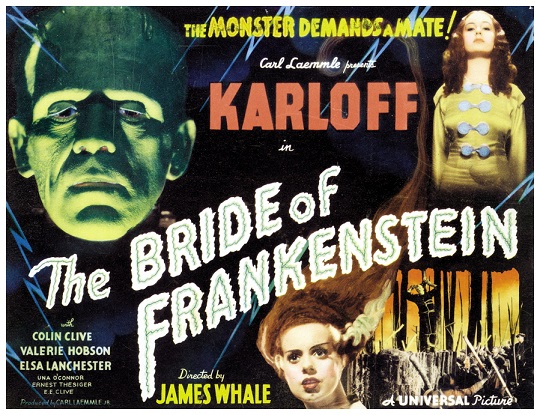
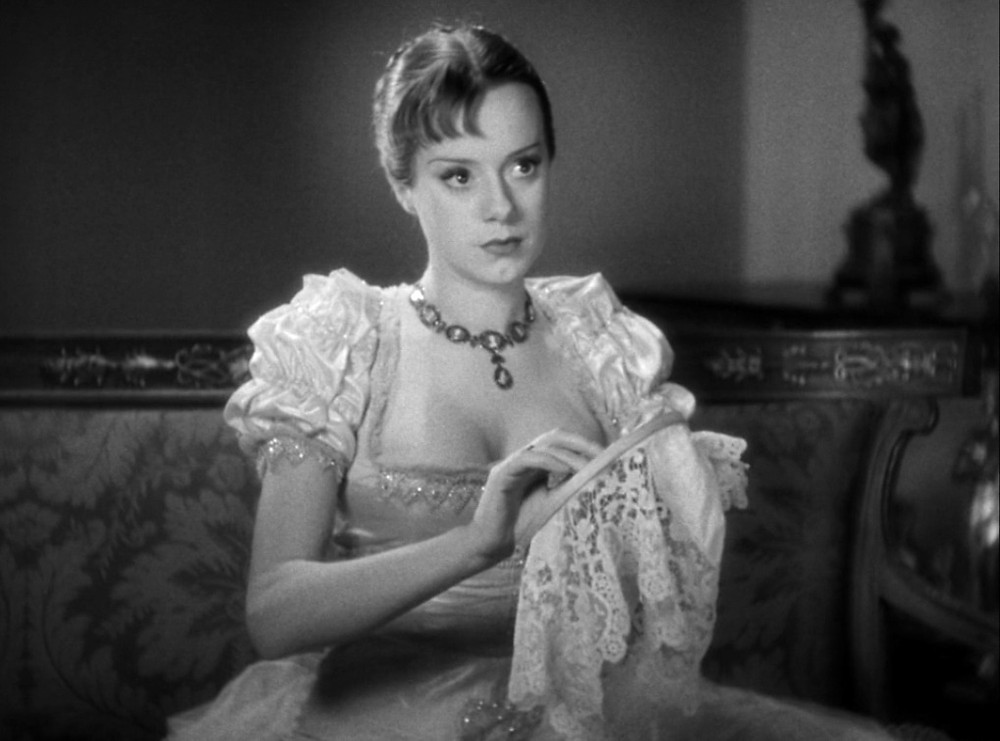
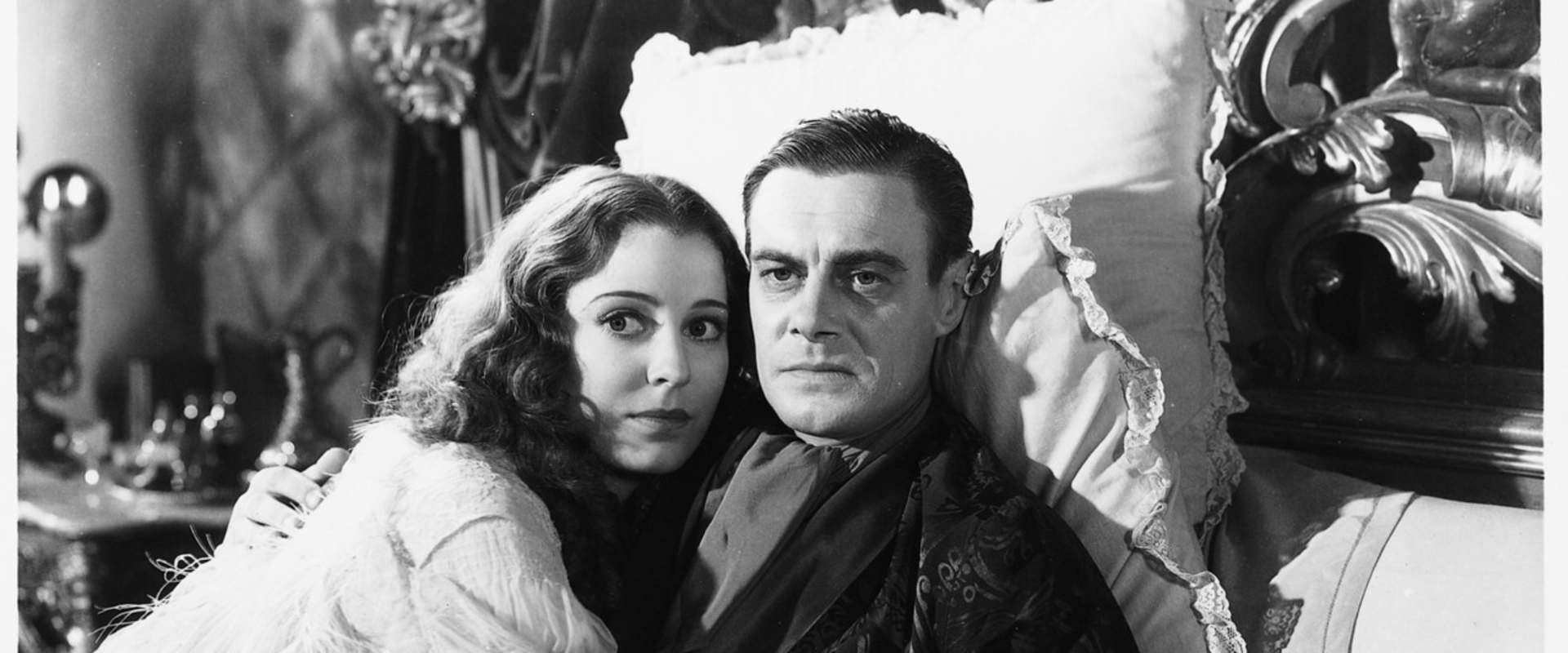
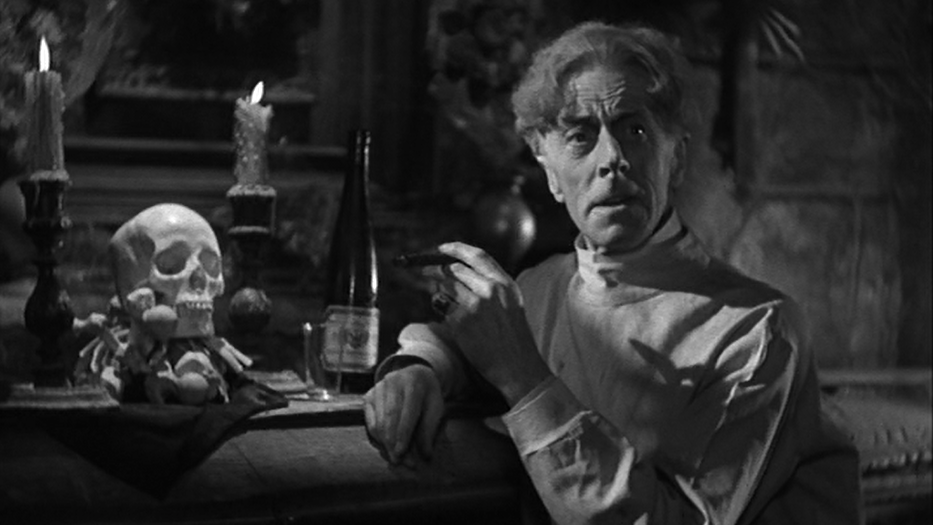
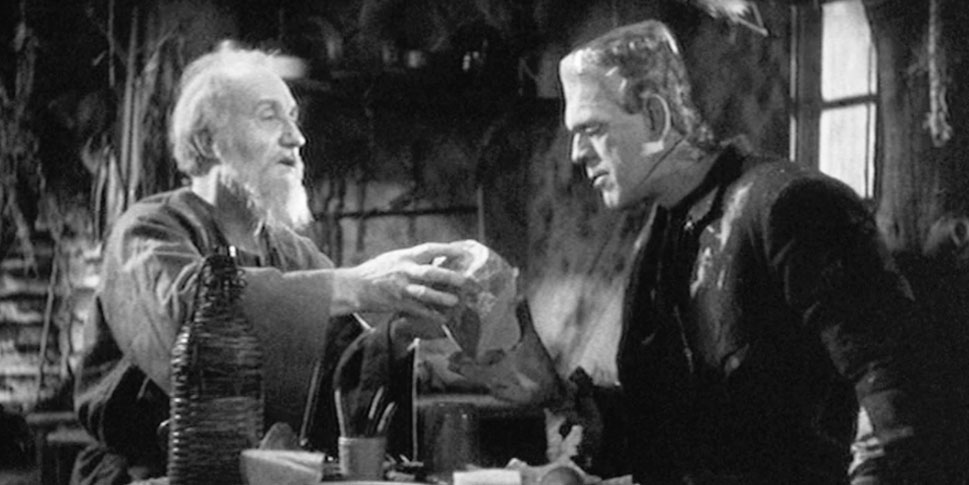
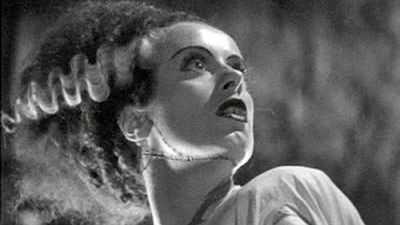
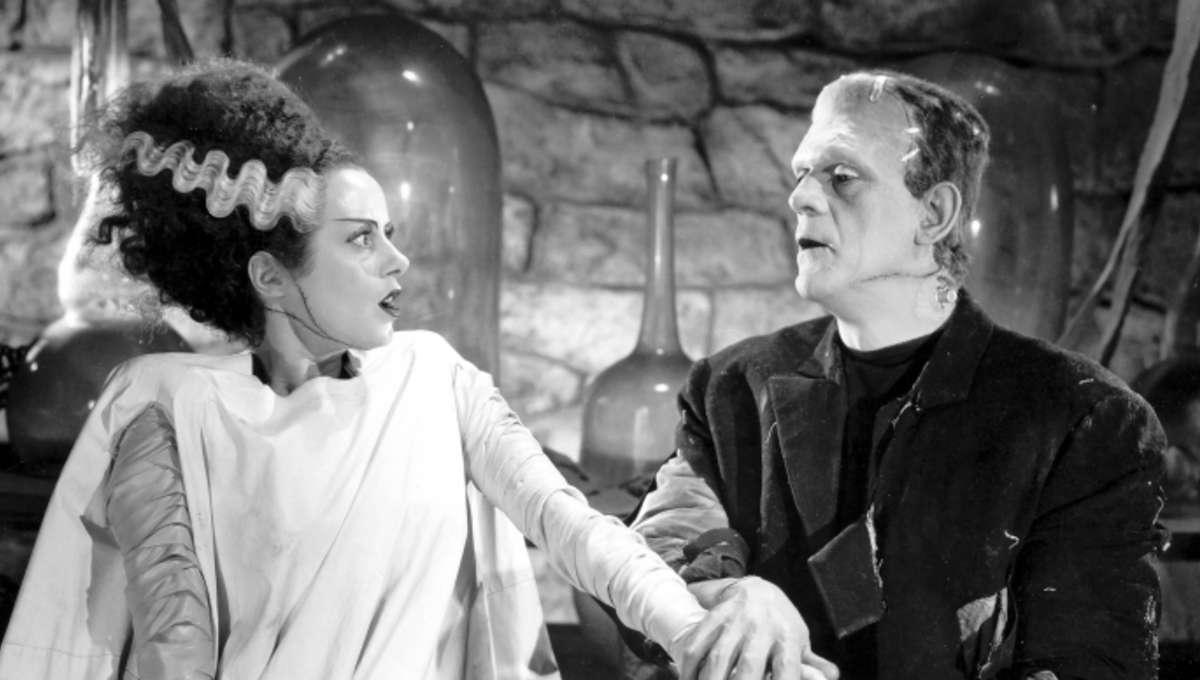
No comments:
Post a Comment